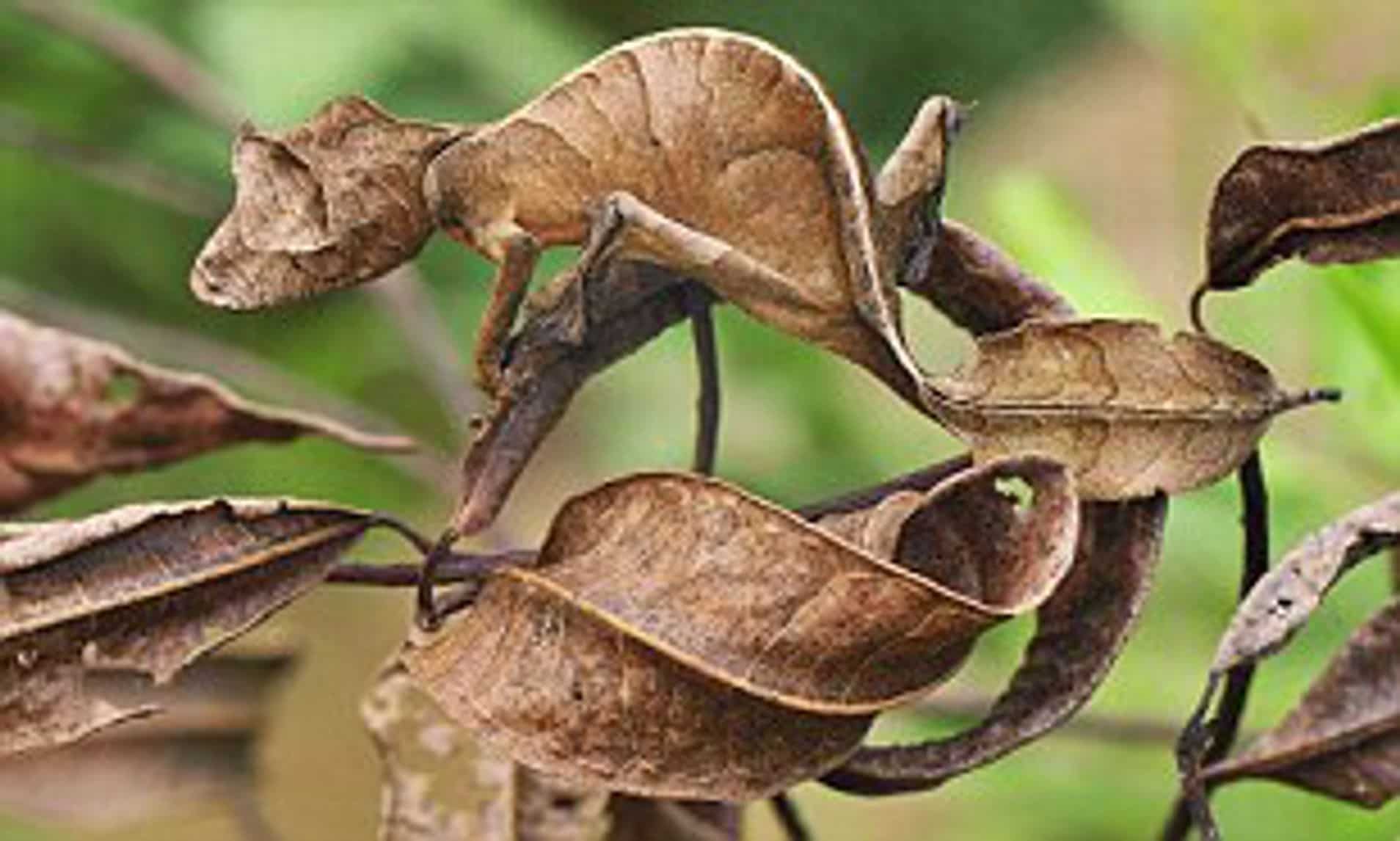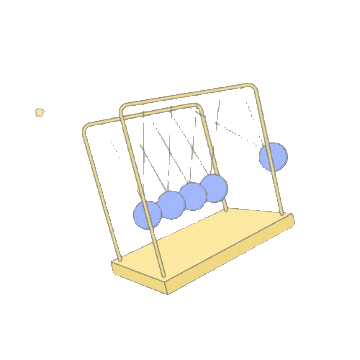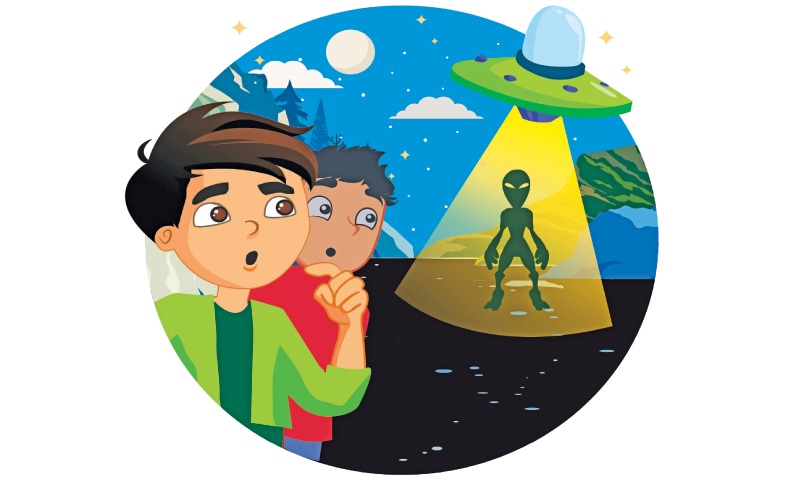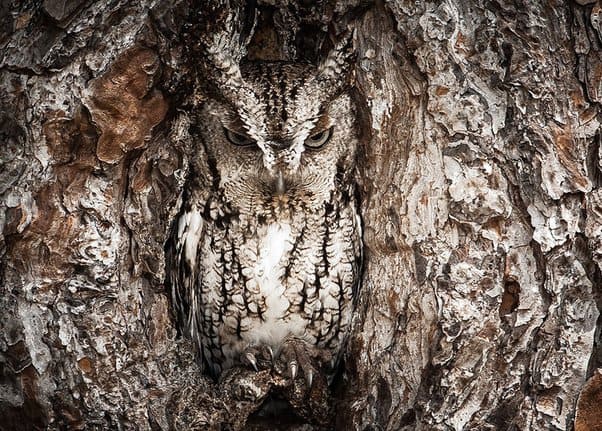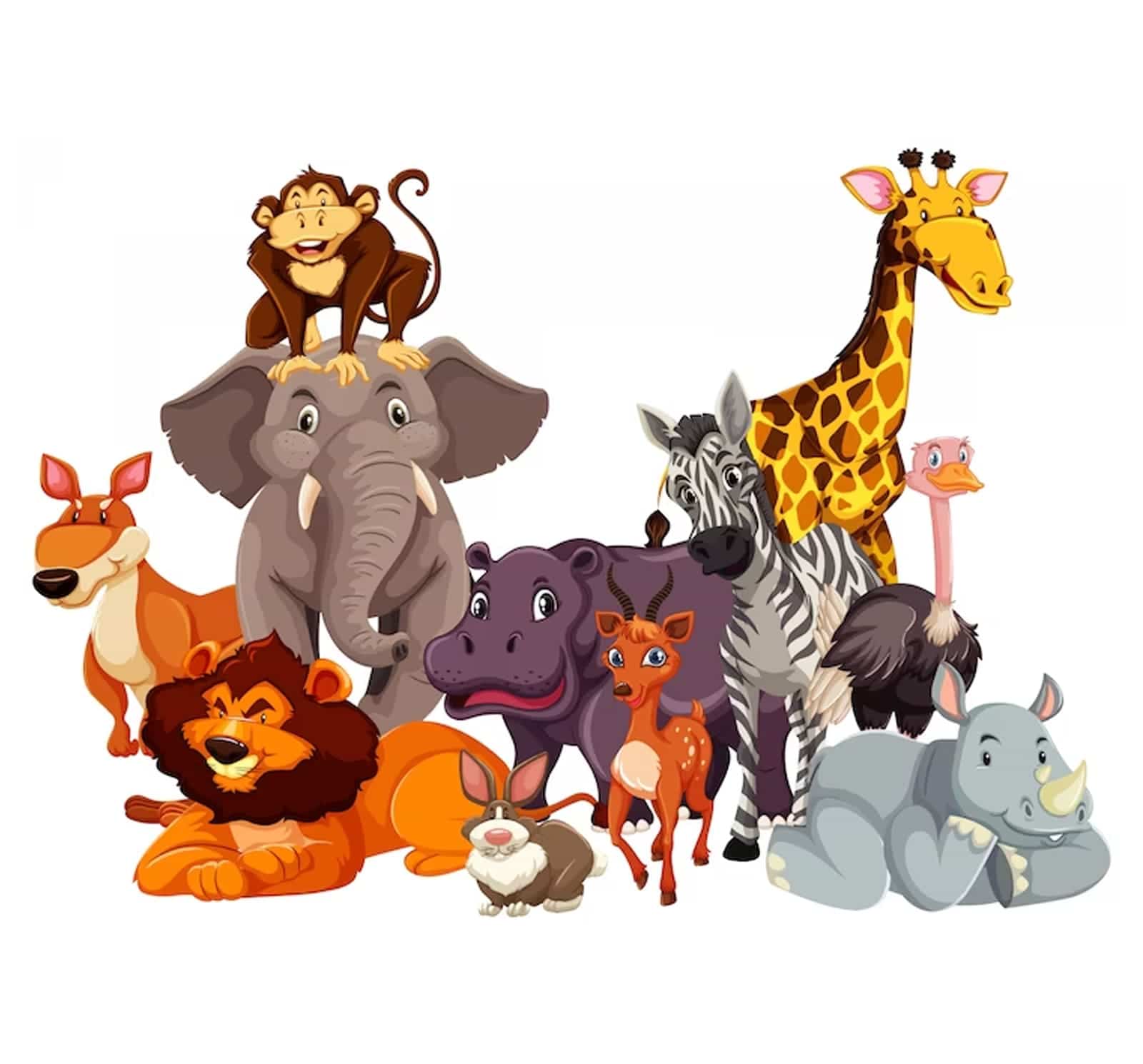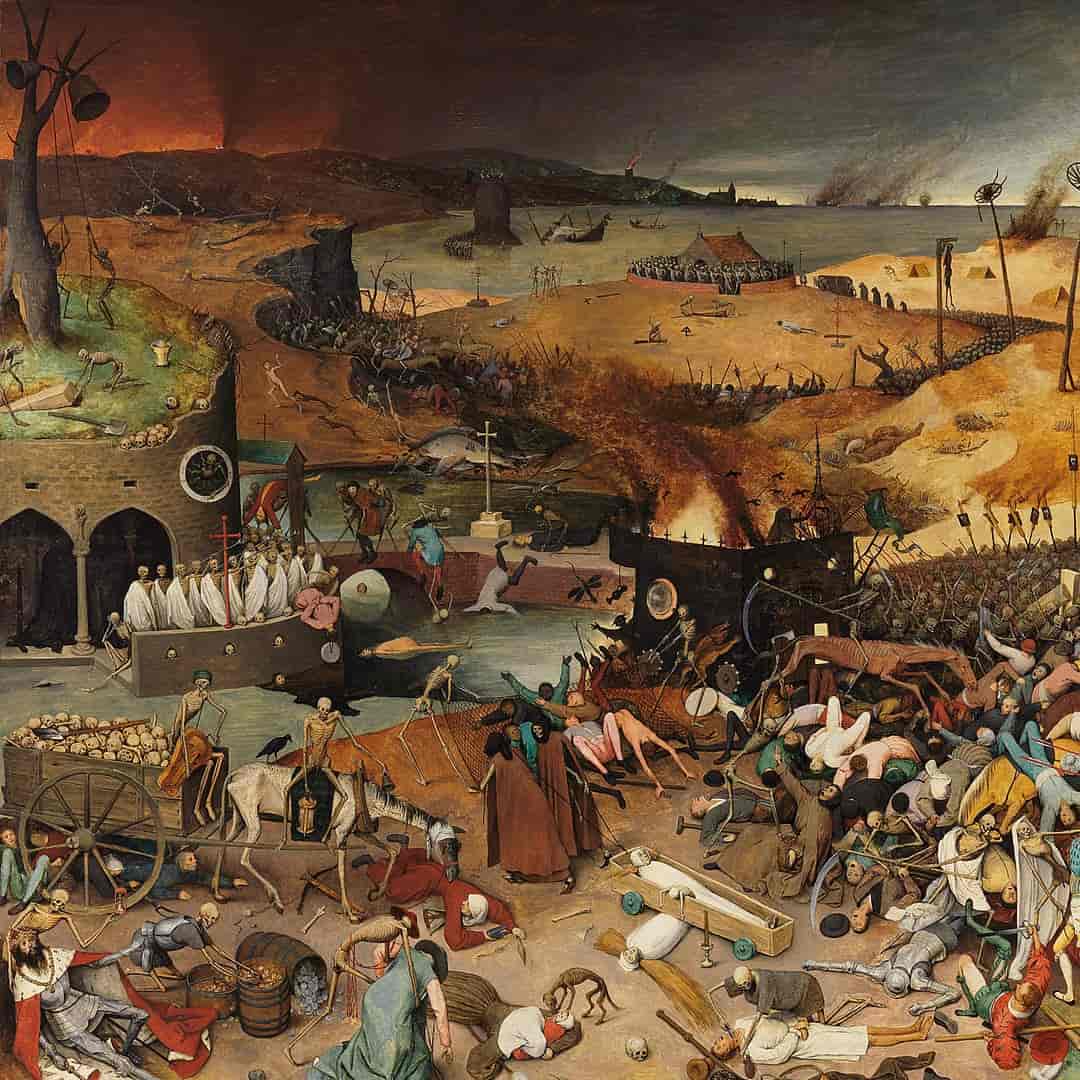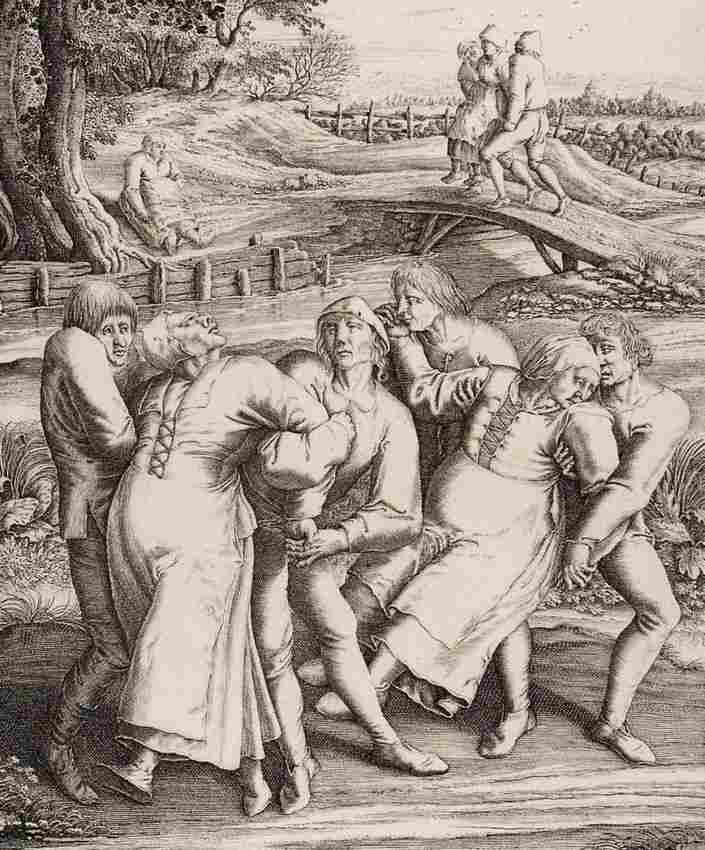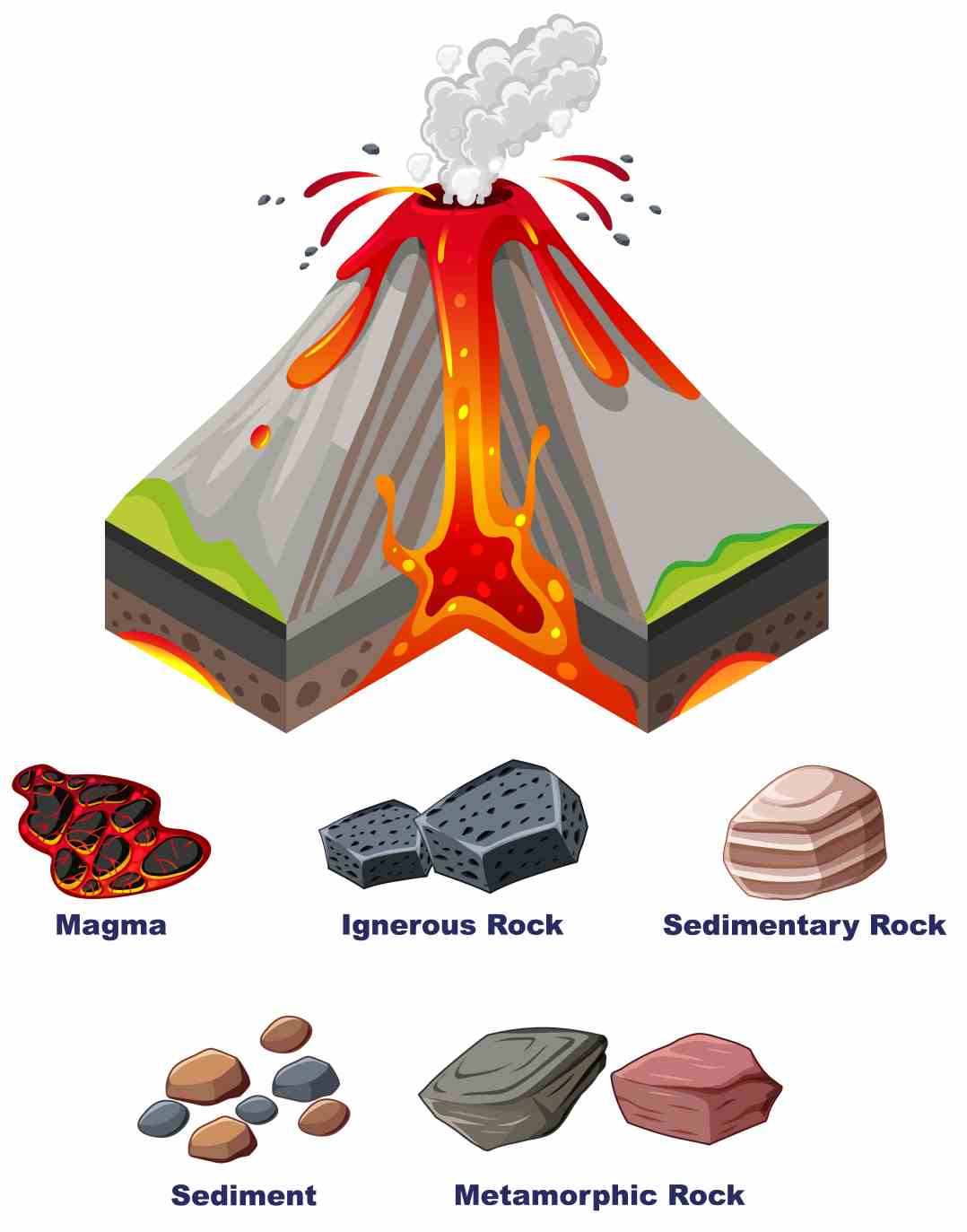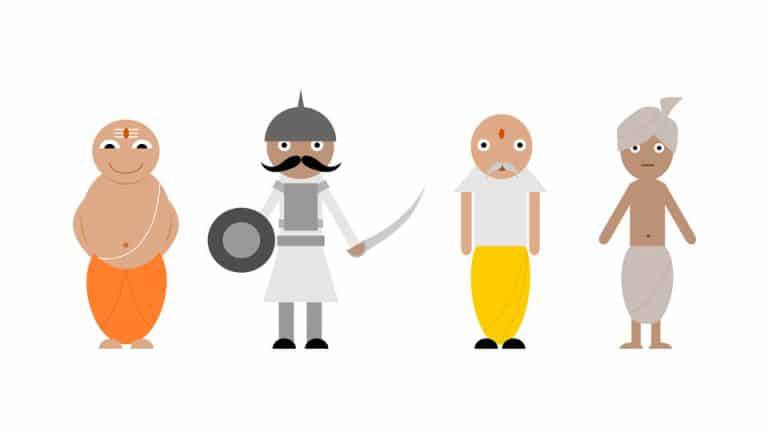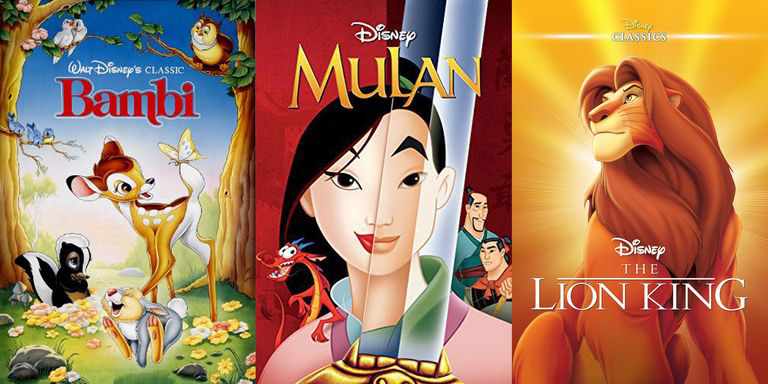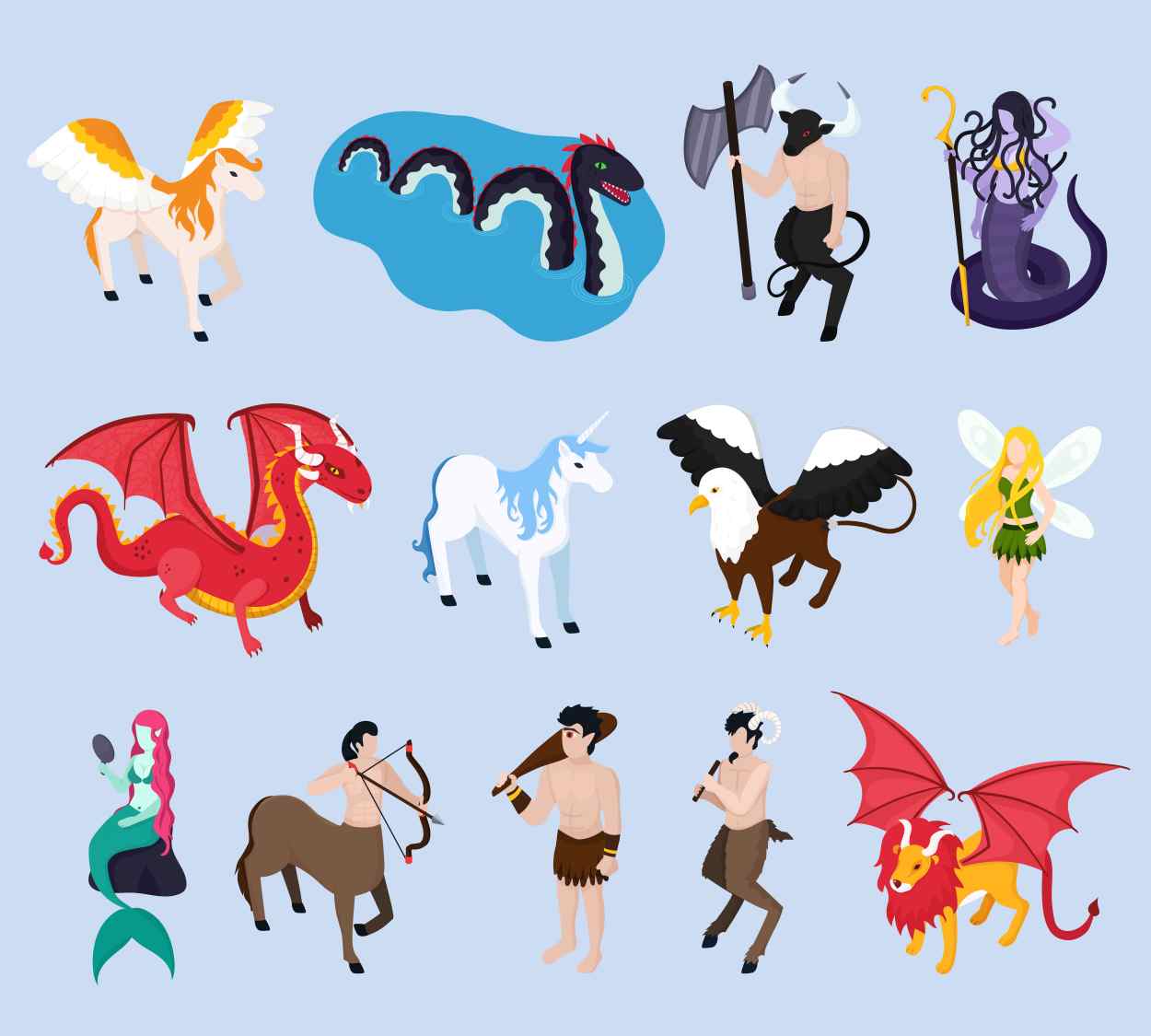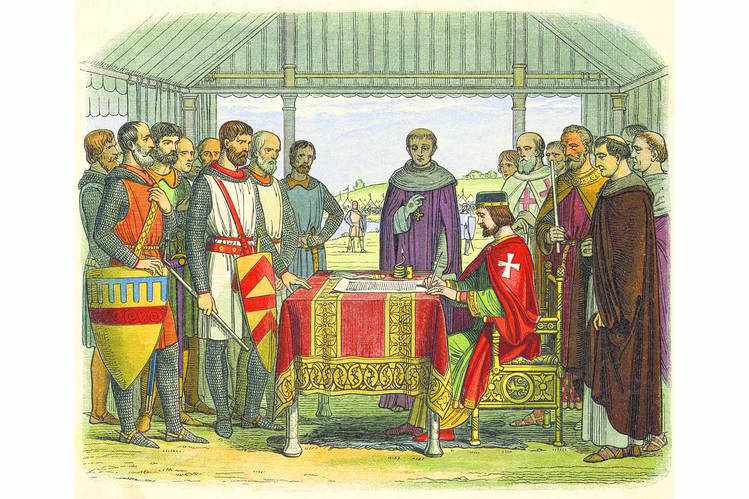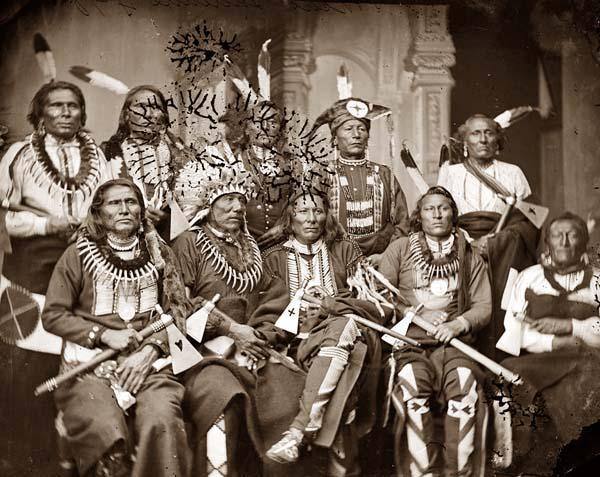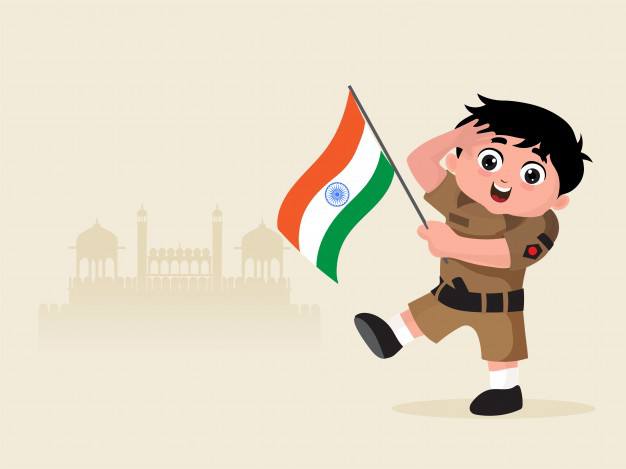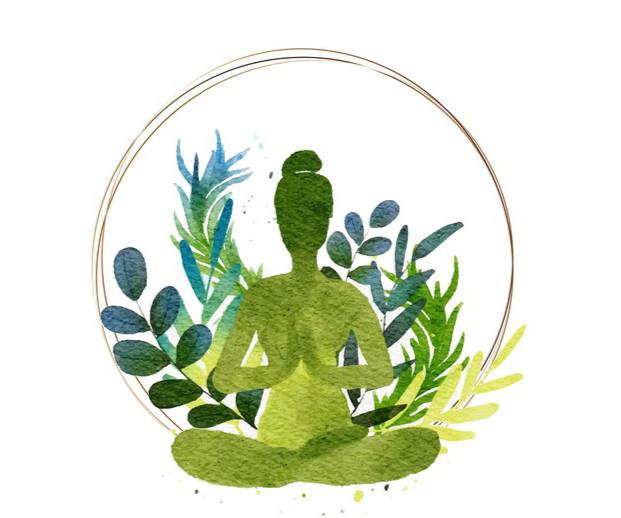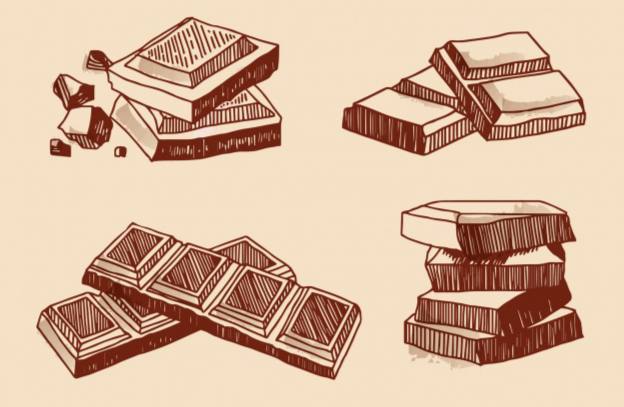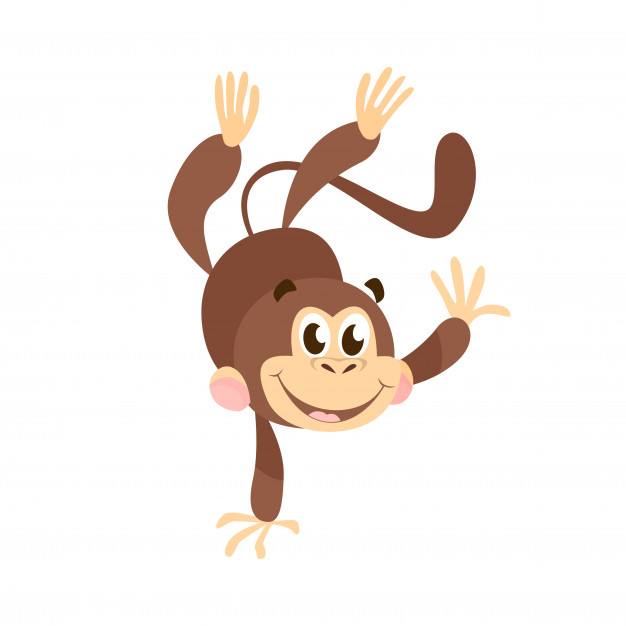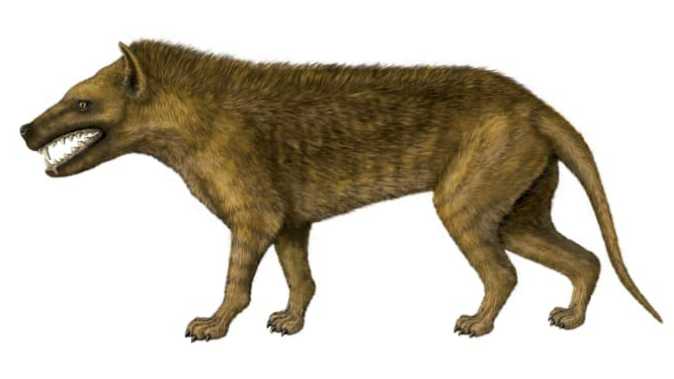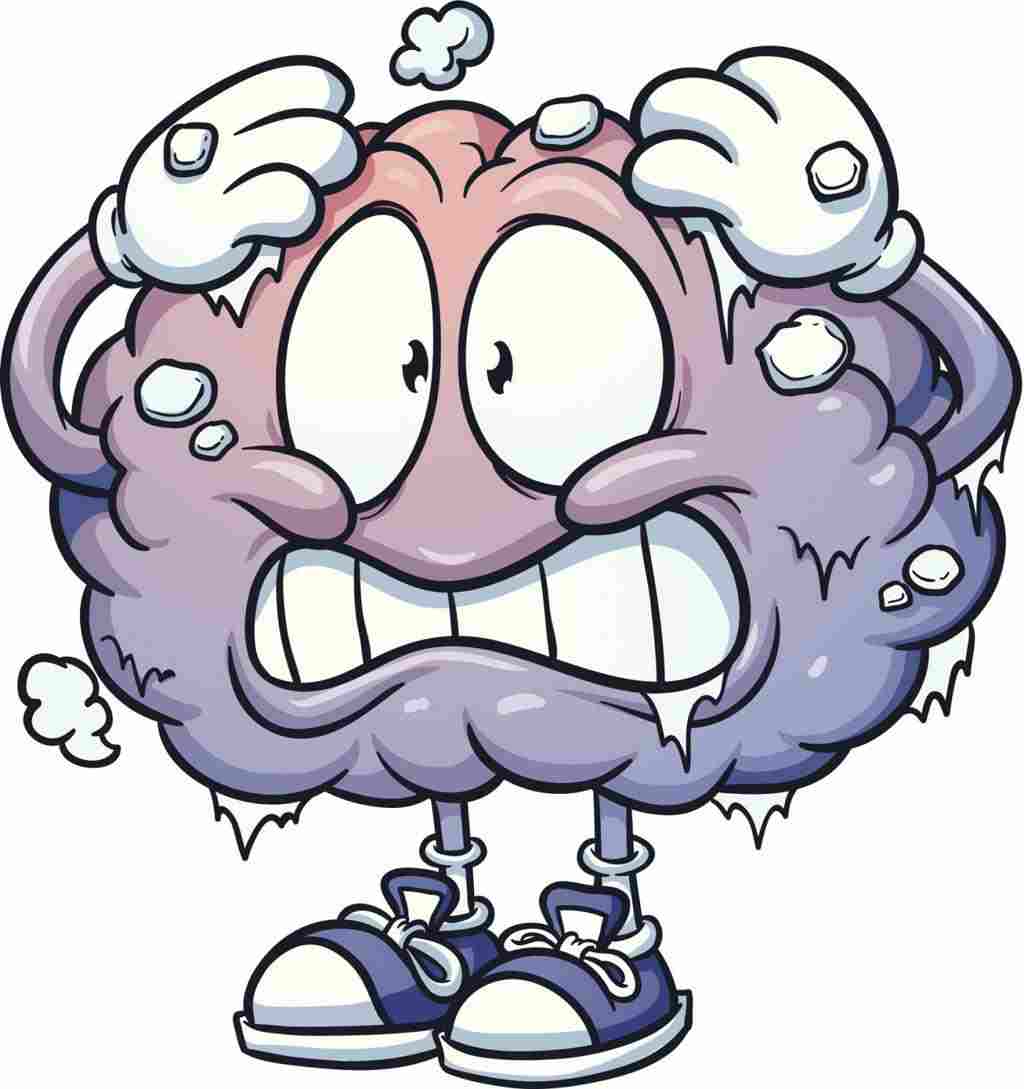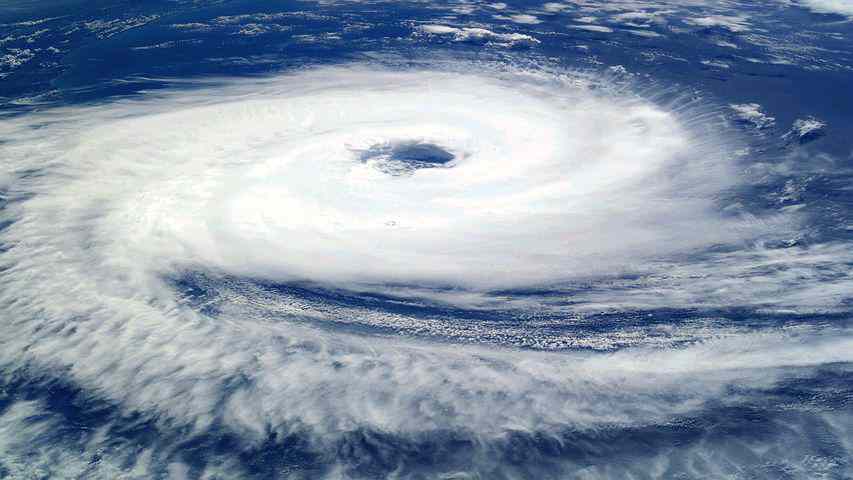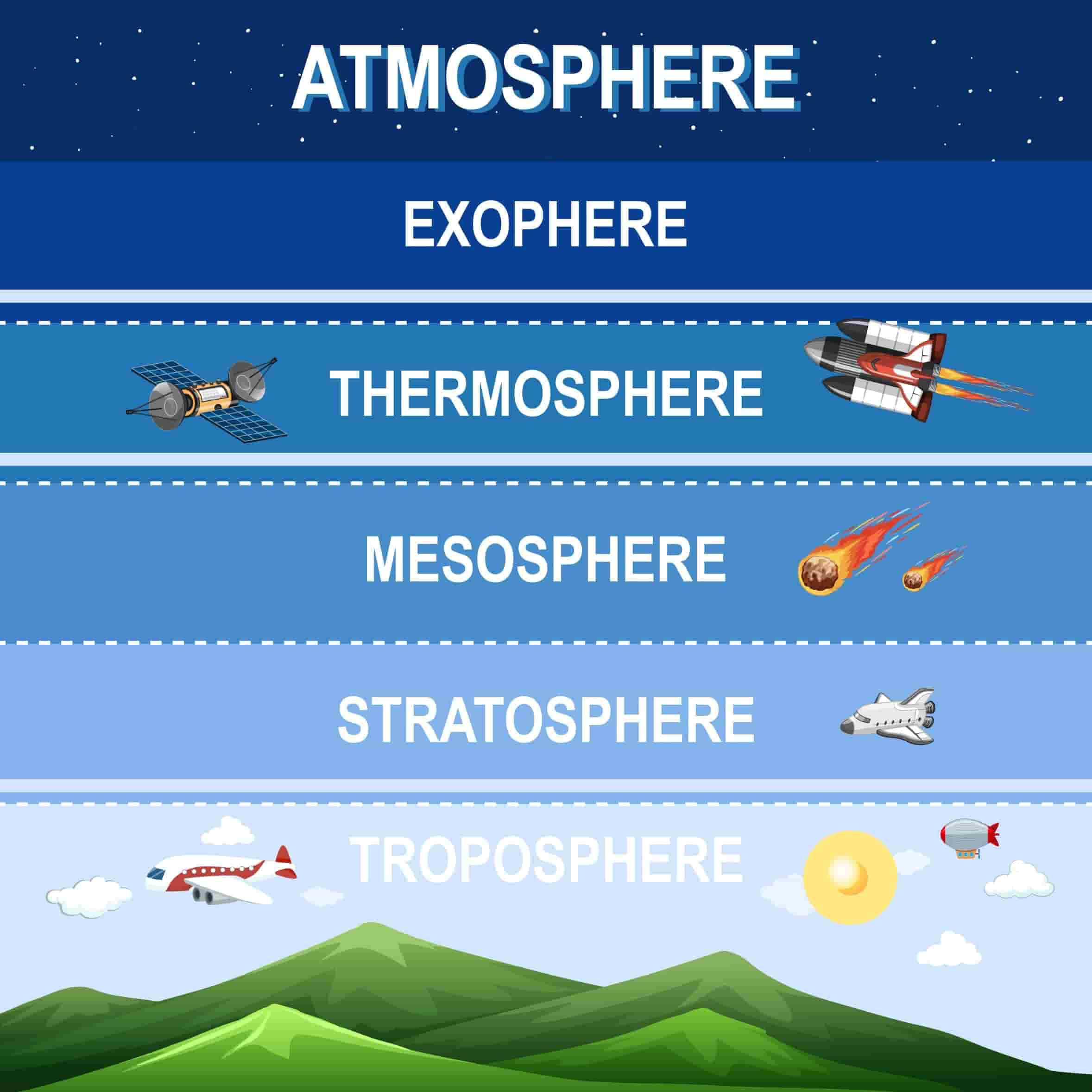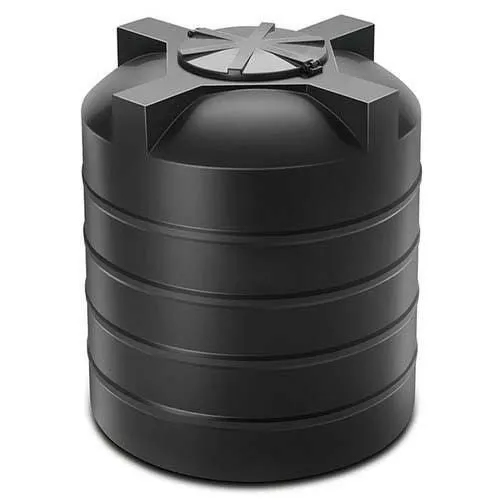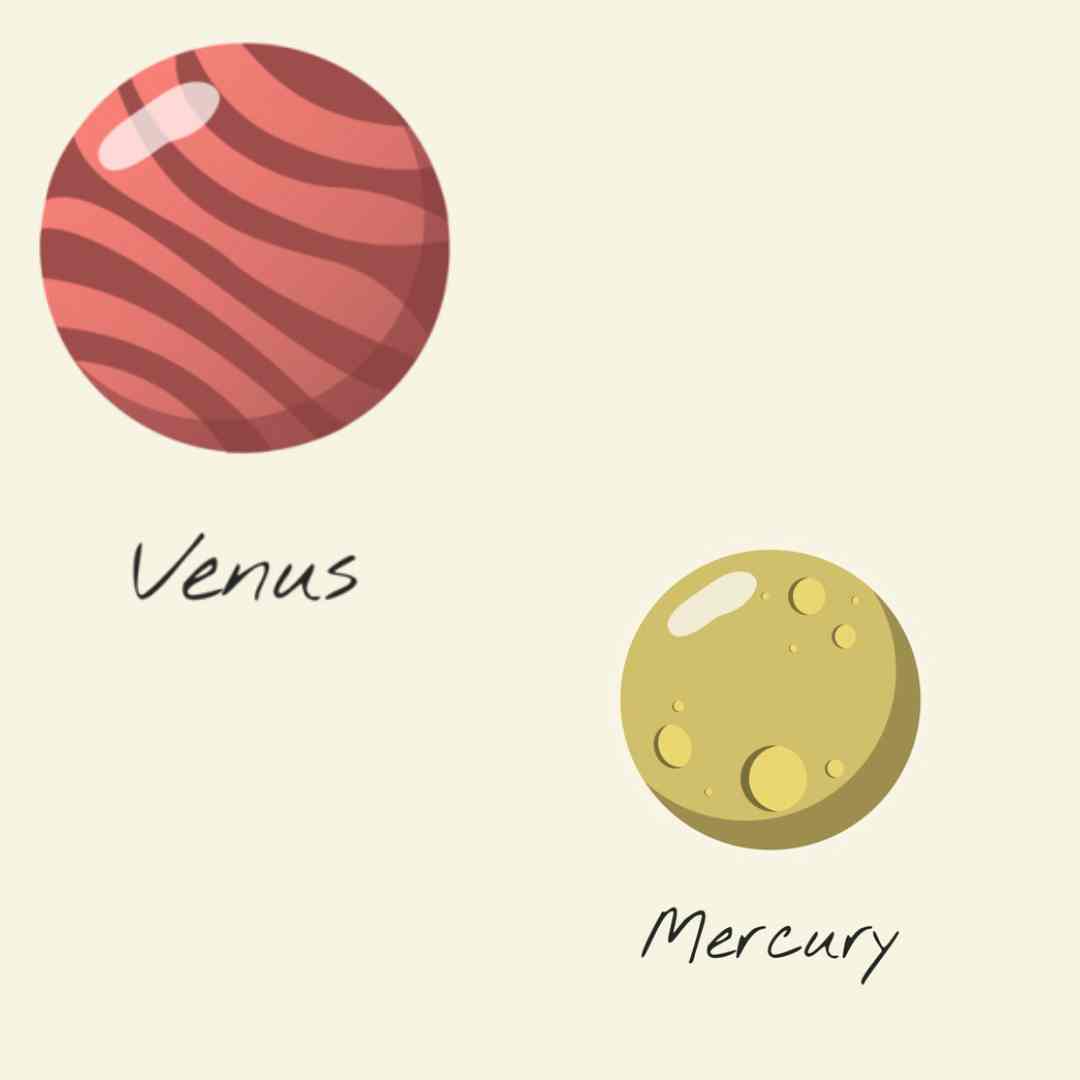USE OF COLOUR IN SURROUNDINGS
Camouflaging as we know is merging the presence of a person, an animal or an object with its surroundings.
There are four types of basic camouflages, namely concealing through coloration, disruptive coloration, disguise and mimicry.
Do you know how animals play hide and seek to catch their prey or disguise themselves to hide from their predator!
Let’s look at the most interesting camouflages:
• Camouflaging allows the animals to blend with certain aspects of their surroundings and increases their chances of survival by hiding from predators.
• It also helps the animal to successfully reproduce and carry on the species.
• It is also used by some predators as a tool for hunting .
• Do you know the polar bear which is white in color blends with white color of snow on which it has to move constantly.
FLAT FISH This fish lies on the ocean floor waiting for its prey and it just blends in with gravel or sand found at the bottom of the sea to avoid predators. This is possible because its color blends with the ocean floor and this makes it very difficult for it to be detected.
WHAT IS MIMICRY?
TO save itself from falling prey , the tasty viceroy butterfly mimics the bitter monarch butterfly.
With mimicry, one organism has adapted to resemble another. The harmless king snake (sometimes called a milk snake) has adapted a color pattern to keep predators away.
Zebras have stripes to confuse big predators, an identity signal to other zebras and a kind of wearable air conditioner.
The stripes also ward off biting flies that carry deadly diseases.
Adaptation in animals means physical attributes that help survival of animals in its harsh surroundings.
Adaptations to the desert climate:
• Large thin ears
• Long limbs to help spread heat
• Thin silky fur.
• Mostly active at night.
• Long eyelashes to ward off sand storms
• Go without water and food for many days.
• More elongated body shape.
Adaptations in penguins
• Significance of coloration in penguins
• If a predator looks down on a penguin, the dark feathers on its back help it to blend-in with the dark depths of the ocean below.
• Hunches its head into the shoulders, why ?
• A penguin hunches its head into its shoulders to maintain its streamlined shape , to ease in swimming with least effort.
• It keeps its feet pressed close to the body against the tail to aid in steering.
• Paddlelike flippers for swimming !
• Solid dense bones and well developed breast bone

